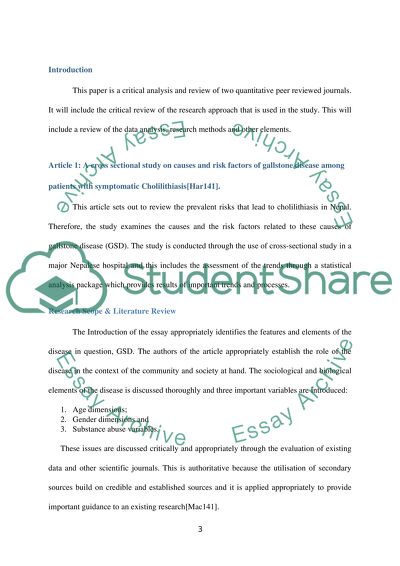Cite this document
(Aspects of Gallstone Disease Essay Example | Topics and Well Written Essays - 1750 words, n.d.)
Aspects of Gallstone Disease Essay Example | Topics and Well Written Essays - 1750 words. https://studentshare.org/health-sciences-medicine/1672982-creative-writing
Aspects of Gallstone Disease Essay Example | Topics and Well Written Essays - 1750 words. https://studentshare.org/health-sciences-medicine/1672982-creative-writing
(Aspects of Gallstone Disease Essay Example | Topics and Well Written Essays - 1750 Words)
Aspects of Gallstone Disease Essay Example | Topics and Well Written Essays - 1750 Words. https://studentshare.org/health-sciences-medicine/1672982-creative-writing.
Aspects of Gallstone Disease Essay Example | Topics and Well Written Essays - 1750 Words. https://studentshare.org/health-sciences-medicine/1672982-creative-writing.
“Aspects of Gallstone Disease Essay Example | Topics and Well Written Essays - 1750 Words”. https://studentshare.org/health-sciences-medicine/1672982-creative-writing.


